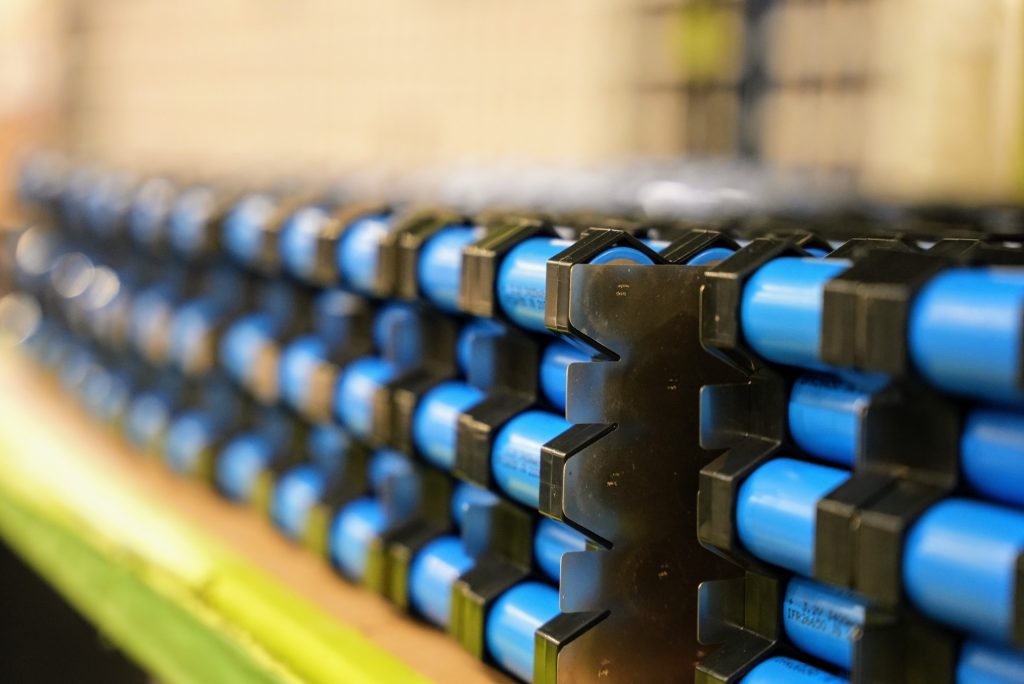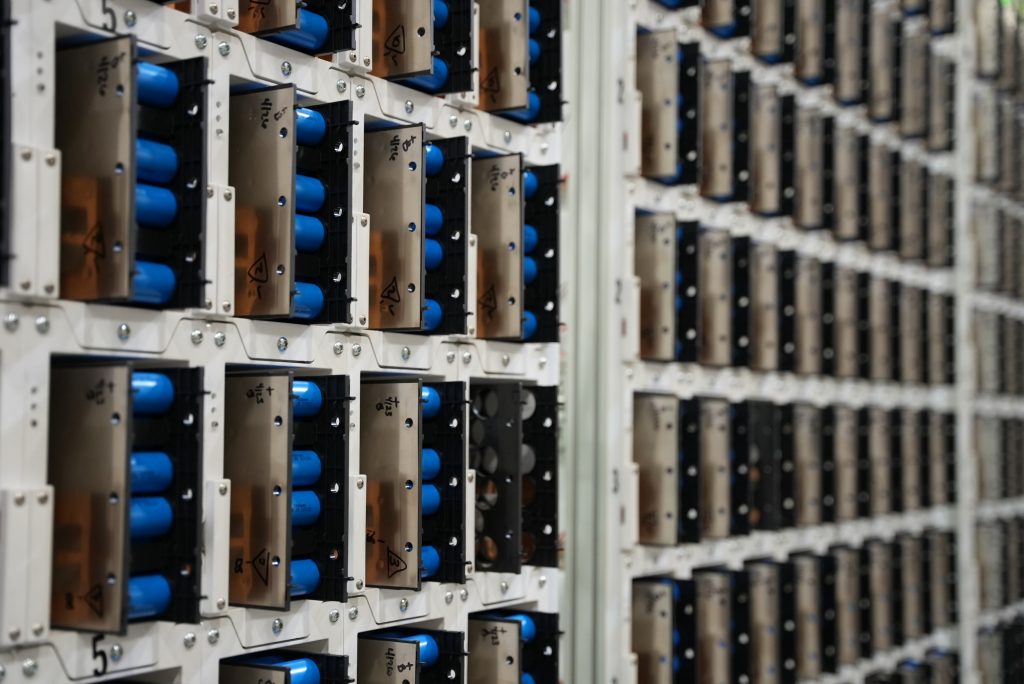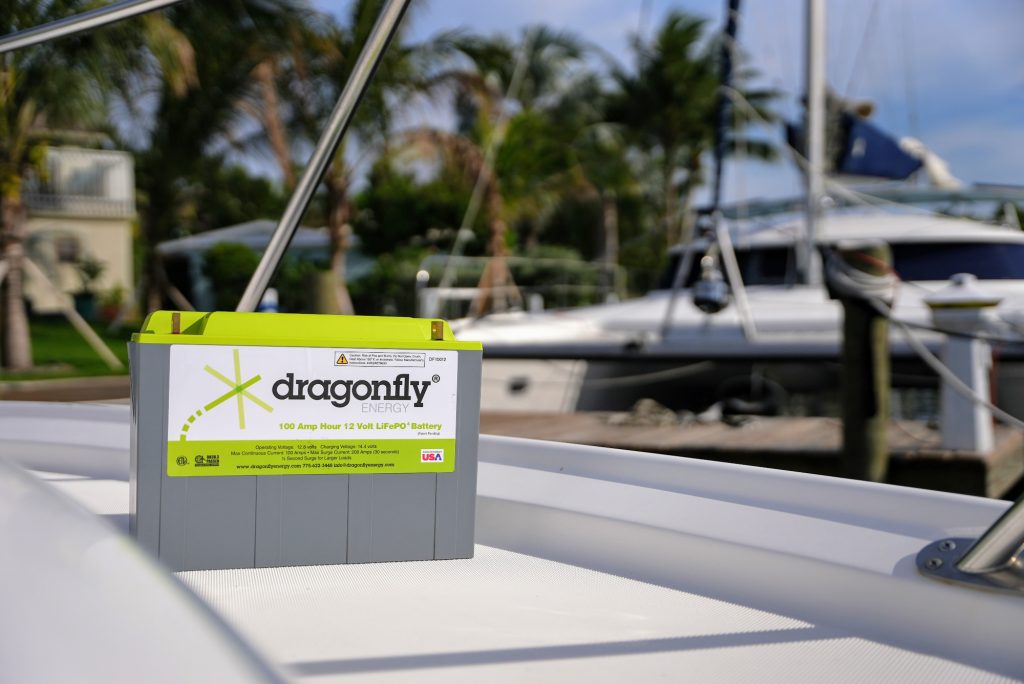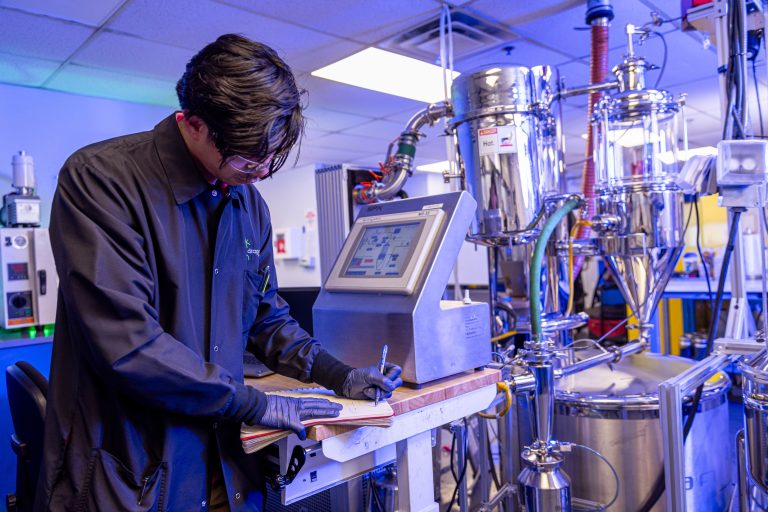You definitely don’t want to get in the middle of nowhere with a dead battery. Whether you’ve had your deep-cycle battery for years or you just bought a brand new one, knowing how long it should last is important. Many factors influence the life cycle of a battery, but before we get into them, we’re going to cover what exactly a battery life cycle is and how to calculate it.

What Is A Battery Life Cycle?
As you use your battery and recharge it, it slowly loses the ability to return to its original capacity. The life cycle of a battery is the number of charge and discharge cycles that it can complete before losing performance.
How Do You Calculate Battery Life Cycle?
In reality, the first time you discharge your battery, it will not recharge to its full capacity. Of course, this doesn’t mean your battery has reached the end of its life.
Each manufacturer provides data on acceptable performance and capacity reduction before determining the life cycle is reached. There is not a standard test, but a general rule of thumb is that the life cycle of the battery is the number of cycles you get before you cannot recharge your battery to more than 80% of the original capacity.
How Is The Depth Of Discharge Determined?
Another way to understand battery capacity is in terms of the depth of discharge. Depth of discharge is the percentage of the battery capacity that has been used relative to the total capacity. For example, a brand new battery with a 100 Ah rating discharged down to 60 Ah would have a 40% depth of discharge for that cycle.
If we refer back to our definition of a battery life cycle, we reach the life cycle limit if we cannot charge that same battery past 80 Ah. Even at “full” charge, we’re starting with a 20% depth of discharge.
You should always use a battery monitor like the Victron BMV-700 to determine the depth of discharge of your battery. To properly calculate the depth of discharge and remaining battery capacity, you need to enter the proper Peukert constant into the battery monitor.
An in-depth discussion of the Peukert constant and Peukert’s Law is beyond the scope of this article. However, the simple summary is that different batteries have different discharge capacities based on how rapidly its discharged. This change in capacity is calculated with the Peukert constant.
The Peukert constant is specific to your battery and allows the battery monitor to accurately calculate the discharge depth. Your battery manufacturer should be able to provide you with the correct Peukert constant for your battery.

How Many Cycles Does A Battery Get?
The life cycle of a battery depends on the type of battery and how you use it.
Lithium-Ion Battery Life Cycle
Dragonfly Energy lithium-ion batteries have expected life cycle ratings between 3,000-5,000 cycles for a heavily used battery. Light use can well exceed this rating. Each manufacturer will also provide the depth of discharge limit to achieve their life cycle rating.
In most cases, lithium battery manufacturers limit the depth of discharge to 80%. However, some manufacturers, like Dragonfly Energy and our consumer brand Battle Born Batteries, rate their batteries with a 100% depth of discharge. This means that you can use 100% of the capacity without excessively damaging the battery.
Lithium-ion batteries are much less affected by environmental and discharge factors than their lead-acid counterparts. This makes the life cycle estimates much more accurate.
Lead-Acid Battery Life Cycle
There are multiple types of lead-acid batteries, each with a different life cycle expectancy. Depending on how you maintain your battery and which type you have, you can expect to get somewhere between a few hundred and up to a thousand charge cycles.
Longevity in lead-acid very much depends on light discharges and proper recharge cycles. If a battery is going to be used for heavy power demands or deep discharges these batteries will get many fewer cycles.
What Reduces Rechargeable Battery Life?
Other than the type of battery you have, various factors influence the life cycle of your battery. Understanding them will help you maximize the performance and life of your battery.
Temperature
The impact of temperature on battery life can be a bit confusing. You often hear that higher temperatures improve the performance of batteries and cold temperatures decrease it. This is true when referring to capacity, not life cycle.
Extreme temperatures in lead-acid and lithium batteries lead to a decreased battery life. However, the degradation is more drastic in lead-acid batteries. The optimal operating temperature for batteries is about 25 degrees C or 77 degrees F.
One study found that lithium battery performance over the first 200 cycles decreased by about 3.3% at 77 degrees F. At 113 degrees F, the performance decreased by 6.7% over the same number of cycles. Conversely, the life cycle is cut in half for lead-acid batteries every 15-degree increase over 77 degrees.
Of course, you can operate your battery at high temperatures; however, doing so for extended periods will shorten the battery’s life.
Excessive Depth of Discharge
How deeply you discharge your battery during each cycle directly impacts the life cycle. A general rule of thumb for lead-acid batteries is regularly cycling your battery to 50% depth of discharge (DOD) instead of 80% DOD will double your life cycle. Similarly, cycling to 10% DOD instead of 50% will increase the life cycle by about five times. While this isn’t necessarily practical, the standard advice is not to discharge a lead-acid battery below 50% if possible.
Lithium batteries are less susceptible to damage due to excessive depth of discharge. Again, most lithium battery manufacturers recommend not discharging below 80% DOD. Here at Dragonfly Energy and Battle Born Batteries rate our batteries at 100% DOD.

Inadequate Recharge Cycle
It is important to recharge your battery fully rather than partially recharging it. Allowing your battery to finish the recharge cycle lets it go through a conditioning phase. This conditioning phase reduces sulfation on the lead plates.
Incomplete charge cycles have less impact on lithium batteries due to their internal battery monitoring system (BMS). However, it is still a good practice to allow your lithium batteries to fully recharge if possible.
Electrolyte Loss
All deep-cycle batteries contain an electrolyte solution that enables the internal chemical reaction. In flooded lead-acid batteries, the electrolyte solution can evaporate. Technically, only the water evaporates, and the electrolyte is left behind. Regardless, if you don’t periodically refill the battery, you will see a significant reduction in battery life.
Lithium batteries and sealed lead-acid batteries also contain an electrolyte solution. However, since they are sealed, there is no need to refill them. Electrolyte loss in lithium batteries does not happen as they are completely sealed. Sealed lead-acid batteries still can off-gas during rapid charging or overcharging and vent via a valve. Over time even this small electrolyte loss can impact cycle life.
➡ Read more about Battery Electrolyte and How It Works
Electrode Crystallization
Over time all batteries will slightly degrade due to chemical changes in the batteries. Some of these changes occur by certain deposits forming on the electrodes. In lead-acid batteries lead sulfate crystals form and in lithium-ion, metallic lithium can build up.
These changes reduce the available chemicals to run the reactions. This can also impact internal resistance and ultimately cause battery failure when the damage becomes excessive.

How Can You Increase Battery Life?
Once you begin to understand how different factors impact your battery’s life cycle, it becomes clearer how you can increase your battery’s life. Following some simple “best practices” can help you get the most out of your battery, regardless of whether it’s a lead-acid or lithium-ion battery.
As much as possible, use your battery in moderate temperatures. Of course, this may not always be possible. It is optimal to store, charge, and discharge your battery in temperatures near 77 degrees F.
If you have a lead-acid battery, minimize how often you discharge the battery below 50% of its capacity. Ideally, the depth of discharge on each cycle should be between 10% and 50%. If you have a lithium battery, you can likely go down to 80% DOD and, in some cases, 100% DOD. Refer to your battery manufacturer’s recommendation to be safe.
Additionally, if you have a flooded lead-acid battery, make sure to keep the electrolyte solution topped off. Lastly, charging your battery slowly can help keep the internal resistance lower and extend your battery life as well.


